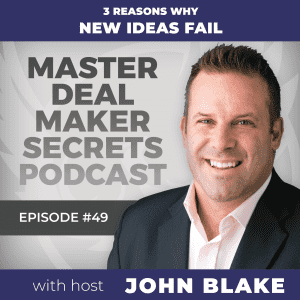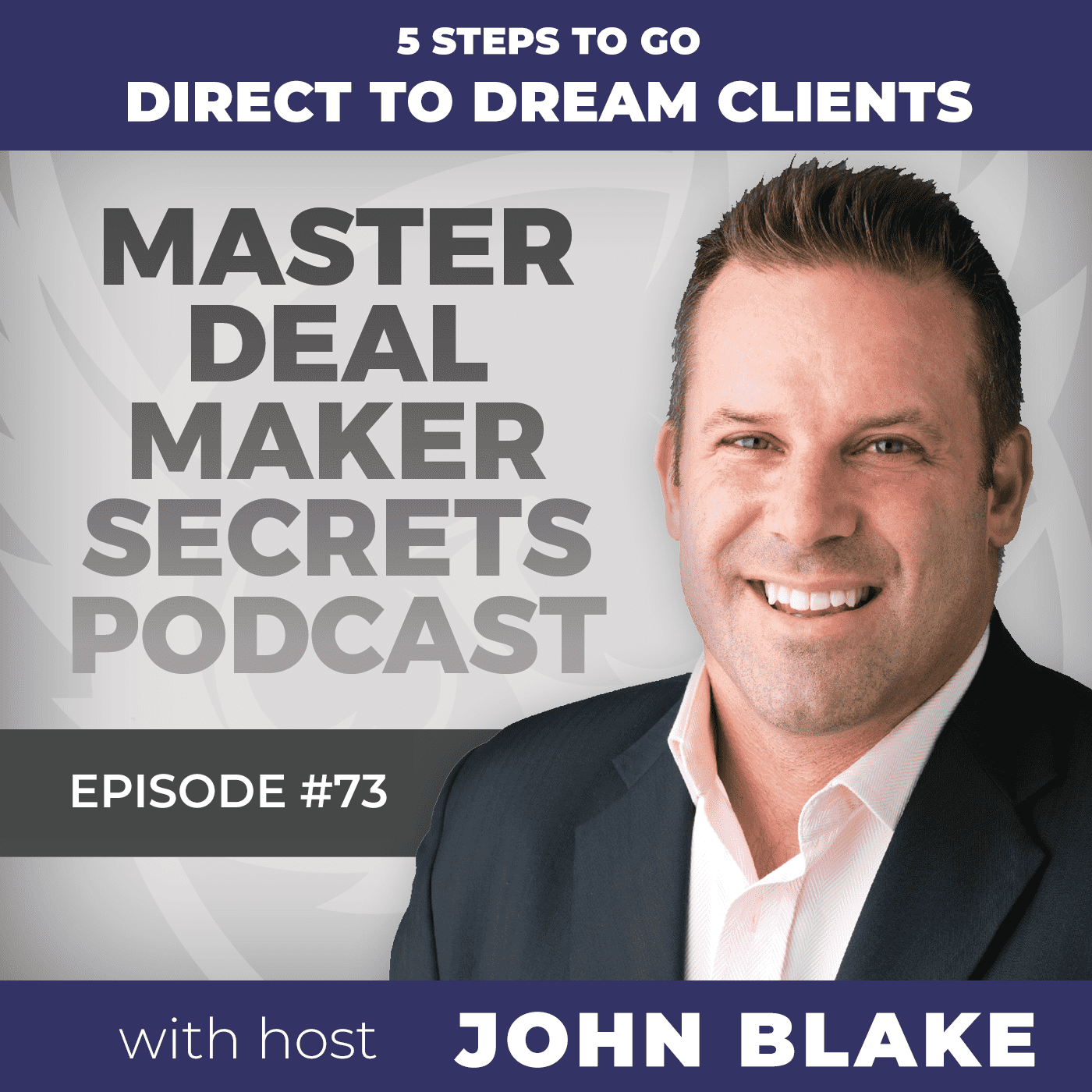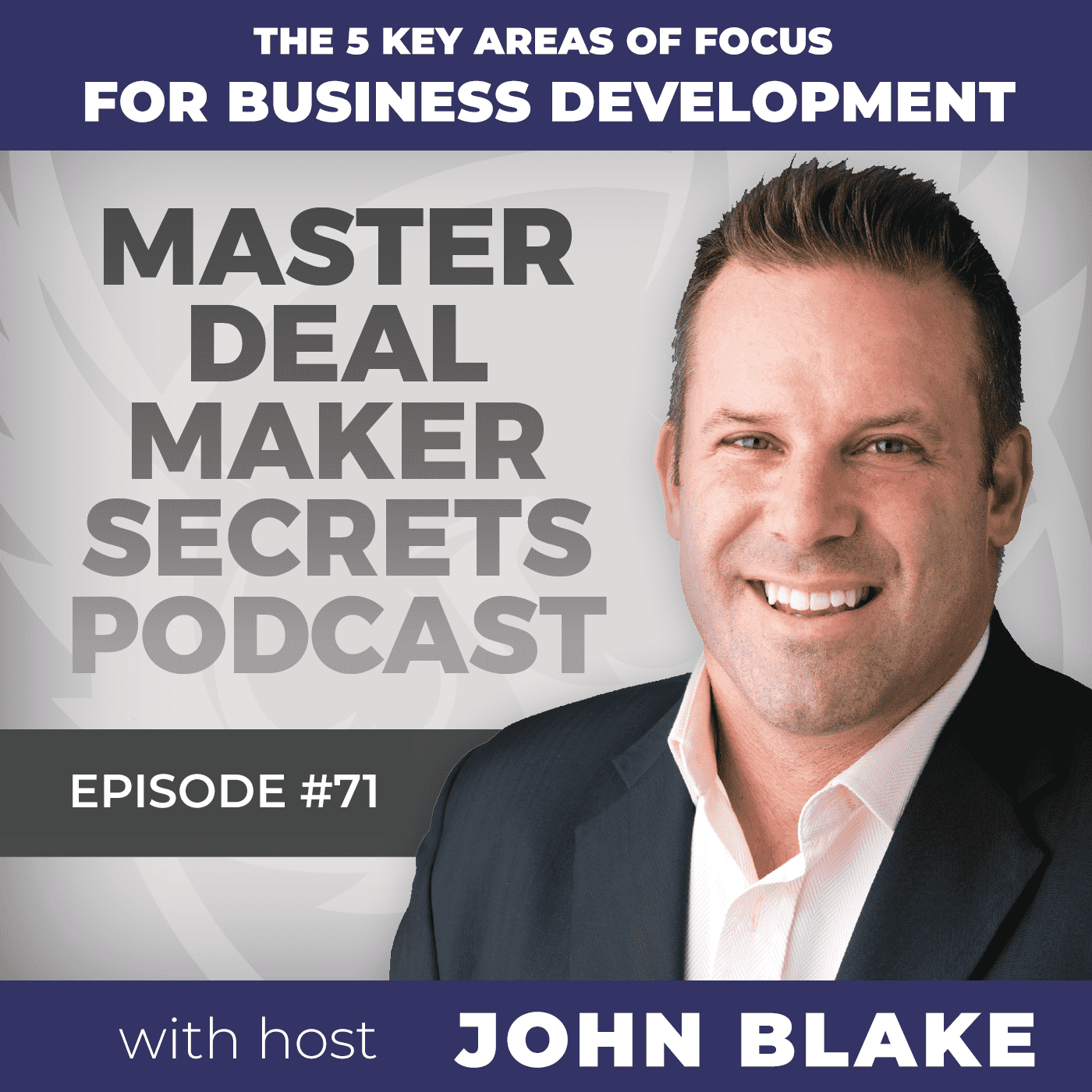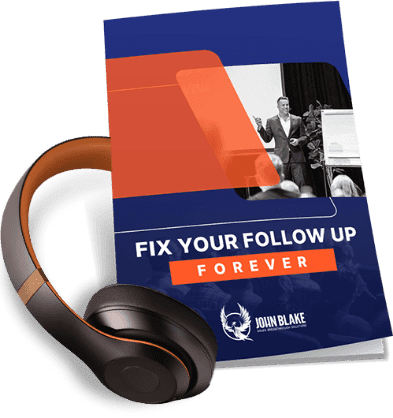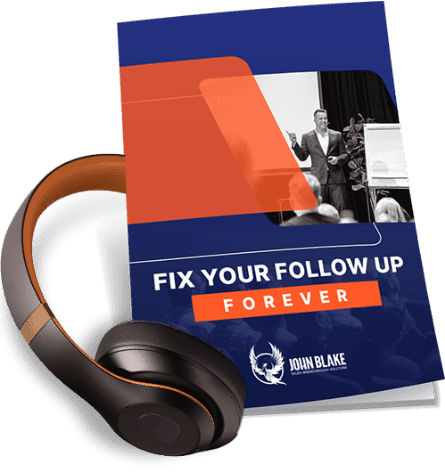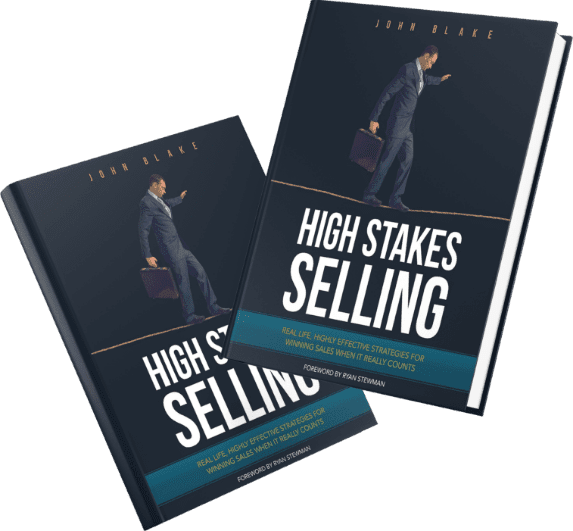We’re going to be talking about the three biggest reasons that cause people to give up when implementing new ideas. Implementing new ideas is interesting and exciting, as it promises an exciting new future or another potential failure to learn from. The most part of it has to do with your mindset.
In addition to that, implementing something new that actually works can be an absolute game-changer. In some cases, small hinges can swing big doors.
I’ve been in business now for 30 years and I’ve experienced my fair share of both. Why do people give up? In my experience, it comes down to three core reasons.
The first one is not understanding statistical significance. The second one is that it’s a 180-degree change from what they’re already doing. And the third one is having too long a delay without results.
Years ago, I heard this saying, and it’s always resonated with me, “If you do something often enough, a pattern will appear.” I talk a lot about this when it comes to my clients implementing a direct strategy, but it also applies across the board in sales.
Essentially, statistical significance is making sure that you’re actually doing enough reps, so to speak, on a large enough scale to confidently judge the overall result trends. For example, if you’re sending out a direct corporate pack and you make a hundred calls, you’d probably get one or two appointments for every 10 packs you sent out.
If you send your first 10 packs out, are you going to get those results straight away? You might. And I’ve had that happen with some people for sure, but it’s not likely to happen in the first 10 packs. The reason being, you will need to have sent out 50 to 100 packs before a pattern in the results begins to emerge. Only then are your results statistically significant.
A few years ago, I made a mistake that cost me big time. I ended up operating my business in a totally different business model. And the results brought my business to its knees.
I’m lucky that a bad year in business for me isn’t a tragedy, but my revenue ended up taking a huge hit that year and I learned a heap from it. It pretty much set me back 6 to 12 months on my journey, I had changed things too quickly.
I needed to start with small steps, before beginning to scale it, rather than just ditching my previous business model for this new unproven one. You need to test the waters first, and then you can start to allocate more focus and energy to the new idea or model.
So, when do we move on? At what point do you cut your losses and simply put it down to experience? Well, the answer is going to vary from project to project. You need an evaluation of what’s happened. If you aren’t getting results, it typically comes down to three things.
Has the strategy worked for others? If it hasn’t worked for others, then the strategy is probably flawed. But if it has worked for others, then the issue is unlikely to be strategy. If it’s not the strategy itself, it could be the execution of the strategy.
Are your team doing the right thing, or are they approaching it incorrectly? There can be a number of moving parts in a network, and it only takes one of those moving parts moving in the wrong way to compromise the end result.
It may also be a training issue, so having someone to guide and coach you during implementation can make a massive difference in this regard. In fact, in some research completed by Aveiro, Bain, and Copeland, it was clearly shown that training alone can produce up to 22% improvement in results. Furthermore, training combined with a structured ongoing coaching and implementation program can actually improve results by up to 88%.
I always focus on creating some quick wins in the first four to six weeks for a new client. And I have three specific strategies that are designed to do exactly that. That way, when we implement some longer-term strategies, we’re actually working on a solid foundation of success.
To DOUBLE your lead-to-sale CONVERSION with the leads you already have, go to http://JohnBlakeAudio.com for his exclusive, free, no-fluff, audio training and companion PDF guide.
Inside you’ll get word-for-word email followup templates, phone scripts, and more that you can put to use today.

